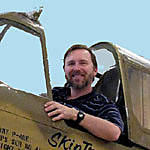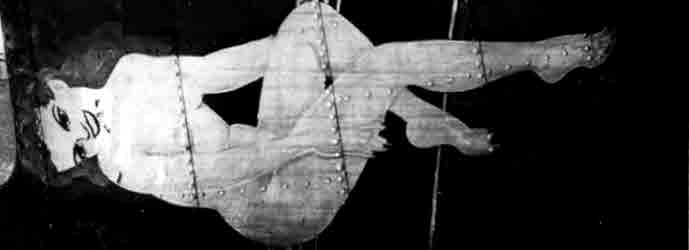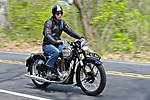The decals were mostly unusable, so I made a what-if out of the kit. I salvaged some decals, raided my spares box, and made Winnie Mae II, N105. The kit boxing dates from about 1977. It went together well with only a little TLC.

Early Vegas had exposed engines and landing gear wheels. Research done by the National Advisory Council on Aviation (NACA) showed that airflow around uncowled rotary engines caused turbulents with a lot of resulting drag. Also, exposed landing gear accounted for some 70% of fuselae drag.
NACA cowls were custom designed for each aircraft, in the Vega's case, the front is round, but the rear is oval shape to match the shape of the plywood monocoque fuselage. Spats were also addedto the landing gear in an attempt to reduce some of the drag. They look pretty 'snazzy' to me even if they didn't have much effect.


I tried to design a paint job reminiscent of the styles used during the era from 1929 to 1935 or so, but slightly modernised.



The pilot (no co-pilot) sat in a small compartment above and to the rear of the engine. Access could be from the interior, or from a hatch in the roof of the canopy.

The Vega was designed as a small passenger aircraft carrying about six passengers. It was pretty fast for its time. Wiley Post was the most famous pilot of the Vega, but Amelia Earhart also had a Vega and flew the Atlantic Ocean in it.
I invite you to read more about the Lockheed Vega and Wiley Post.






























